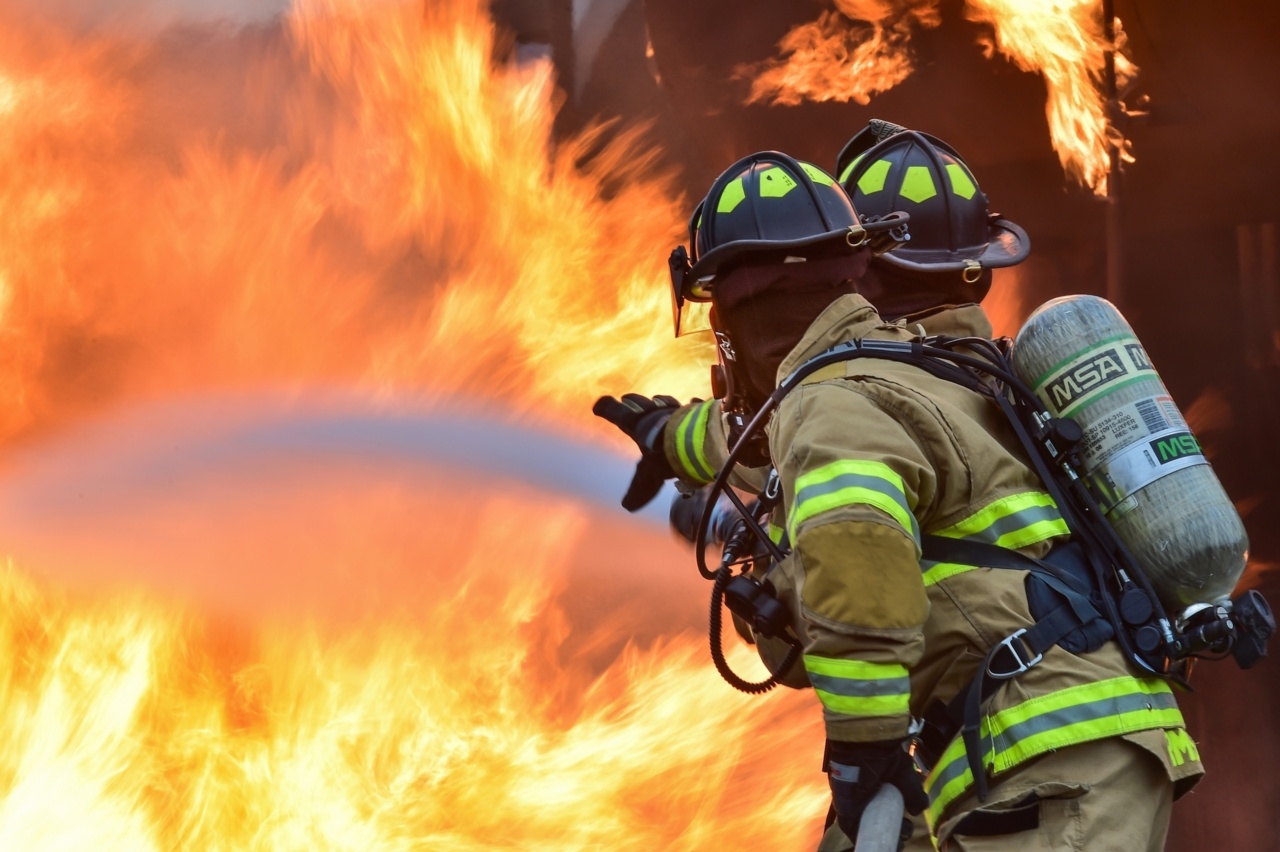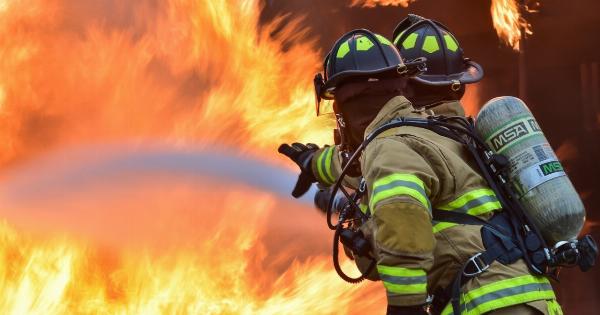Fire can devastate any property, causing severe damage, injuries, and even deaths. This horrific experience can be traumatic for anyone, and the aftermath can be overwhelming, with numerous questions being asked.
What are the first steps to take after a fire emergency? How will you recover and rebuild your property? What does your insurance coverage entail?.
For homeowners, understanding their insurance coverage for fire emergencies is crucial. It can help them to know what is covered, what is not, and whether their policy is adequate.
In this article, we will discuss everything that you need to know about your insurance coverage for fire emergencies.
What is Covered by Fire Insurance?
Fire insurance generally covers the damage or destruction of a property due to fire. It is a type of property insurance that compensates homeowners for losses incurred in a fire emergency.
The coverage can vary depending on the policy, and homeowners can choose the amount and type of coverage that suits their needs.
Types of Fire Insurance Coverage
Here are the different types of fire insurance coverage:.
1. Building Property Coverage
This type of coverage is for the structural aspects of your property, including walls, roofs, and foundations. It covers the cost of rebuilding or repairing your home in case of damage from fire.
2. Personal Property Coverage
This type of coverage is for personal items that are damaged or destroyed in a fire emergency. It includes items such as furniture, clothing, electronics, and appliances.
You must ensure that your policy limit is enough to cover your belongings’ value.
3. Additional Living Expenses Coverage
Fire emergencies can force homeowners to vacate their homes temporarily.
Additional living expenses coverage is beneficial in such situations as it covers the cost of temporary accommodation, food, and other expenses that come with being displaced from your home.
4. Liability Coverage
This type of coverage is for the homeowner’s legal responsibility in case their property causes injury or damage to others, especially in case of fire.
It pays for the injured person’s medical expenses and repairs or replaces damaged property.
What is Not Covered by Fire Insurance?
Although fire insurance covers most losses that result from fire emergencies, certain scenarios may not be covered. Here are some things that are not covered by fire insurance:.
1. Arson
If the homeowner intentionally sets fire to their property, the insurance company will not cover the losses. This act is illegal, and the homeowner can be charged with a crime.
2. Negligence
If the homeowner is negligent and the fire results from their actions, the insurance company may not cover the losses.
For instance, if they left a candle burning unattended, and it caused the fire, the insurance company might argue that the homeowner should have taken precautions and not left the candle burning.
3. Earth Movement
Fire insurance does not cover damage caused by earthquakes, landslides, or other earth movements. Homeowners need to purchase separate policies to cover such risks.
4. Floods
Just like earthquakes, floods are not covered by fire insurance. Homeowners need to purchase separate policies to protect their property from flooding.
What to Do After a Fire Emergency?
The aftermath of a fire emergency can be traumatizing, and homeowners may not know what to do. Here are some things to keep in mind:.
1. Contact Your Insurance Company
Notify your insurance company as soon as possible. They will offer guidance on what to do next and initiate the claims process.
2. Document the Damage
Take pictures of the damage to your property and personal belongings. This will serve as evidence of the losses incurred and help in the claims process.
3. Secure Your Property
Secure your property to prevent further damage. You can board up broken windows and doors, install temporary roofs, and cover exposed areas. This will also minimize the risk of theft or damage by inclement weather.
4. Preserve Your Receipts
Keep track of all the expenses incurred during the recovery process. You should keep all your receipts, repair invoices, and other related documents as they may be required by your insurance company to process your claim.
Conclusion
Fire emergencies can cause severe damage to your home or business, and it’s essential to have adequate insurance coverage to protect yourself against such losses.
Understanding what is covered by your fire insurance policy will help you make informed decisions and ensure that you have enough coverage to rebuild your property and recover from the losses. Additionally, it’s crucial to take the necessary steps after a fire emergency to minimize further damage and fast-track the claims process.























